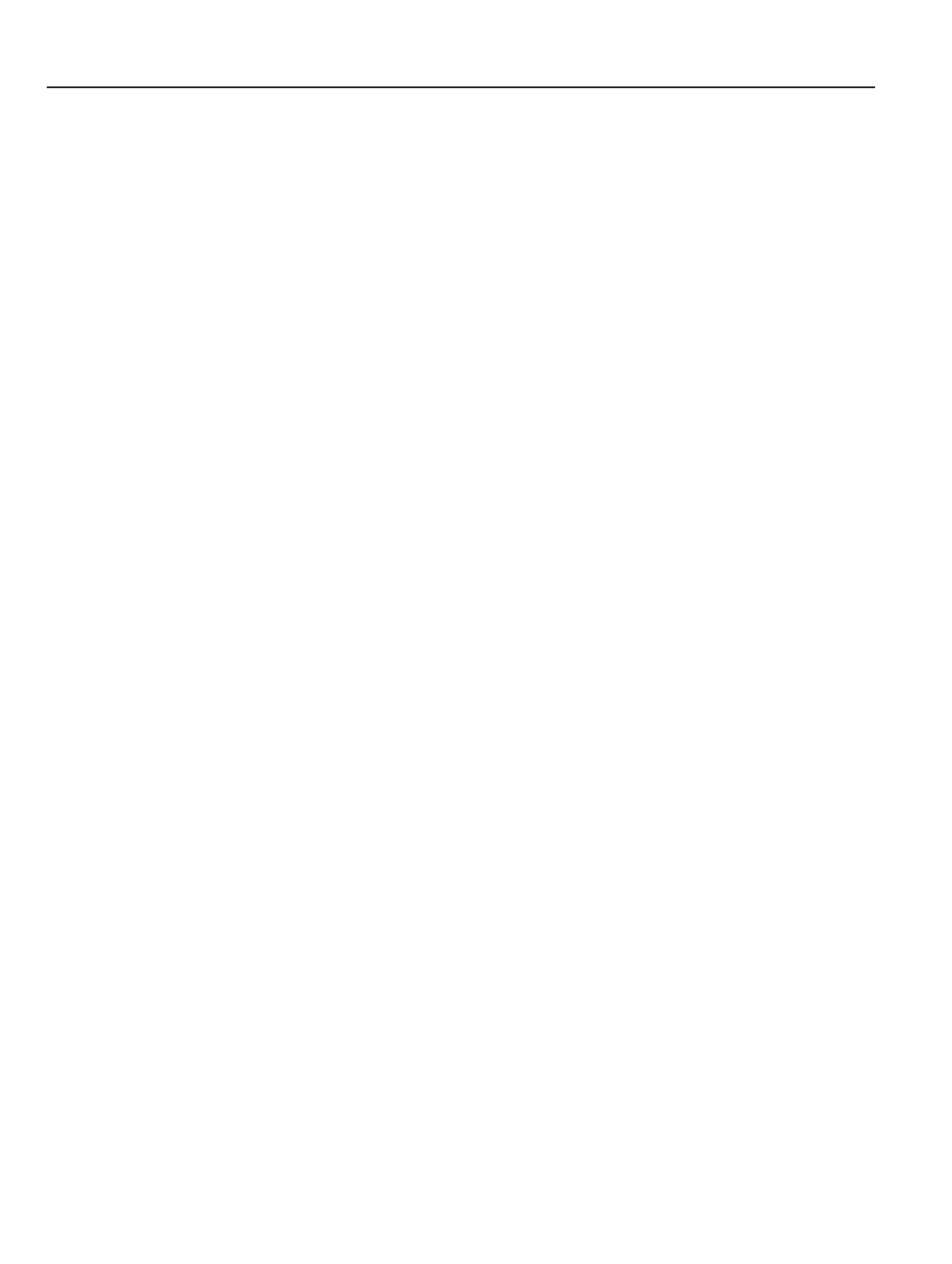
MISCELLANEOUS LAWS
372
and The National Formulary, Seventeenth
Edition (1990); and any supplements
printed after 1990.
(2) Articles or substances intended for use
in the diagnosis, cure, mitigation, treat-
ment, or prevention of disease in human
beings or other animals.
(3) Articles other than food intended to
affect the structure or any function of the
body of human beings or other animals.
(4) Articles intended for use as a compo-
nent of any article specified in subdivi-
sion (1), (2), or (3).
(5) Devices.
16-42-19-3. “Drug order” defined.
As used in this chapter, “drug order” means an
order that meets the following conditions:
(1) Is:
(A) A written order in a hospital or
other health care institution for an ulti-
mate user for a drug or device, issued
and signed by a practitioner; or
(B) An order transmitted by other
means of communication from a prac-
titioner that is immediately reduced to
writing by the pharmacist, registered
nurse, or other licensed health care
practitioner authorized by the hospital
or institution.
(2) Contains the following:
(A) The name and bed number of the
patient.
(B) The name and strength or size of
the drug or device.
(C) Unless specified by individual
institutional policy or guidelines, the
amount to be dispensed either in quan-
tity or days.
(D) Adequate directions for the proper
use of the drug or device when admin-
istered to the patient.
(E) The name of the prescriber.
16-42-19-4. “Investigational or new drug”
defined.
As used in this chapter, “investigational or
new drug” means a drug that is limited by state law
to use under professional supervision of a practi-
tioner authorized by law to prescribe or adminis-
ter the drug.
16-42-19-5. “Practitioner” defined.
As used in this chapter, “practitioner” means
any of the following:
(1) Aphysician licensed under IC 25-22.5.
(2) Aveterinarian licensed to practice vet-
erinary medicine in Indiana.
(3) A dentist licensed to practice dentistry
in Indiana.
(4) A podiatrist licensed to practice podi-
atric medicine in Indiana.
(5) An optometrist who is:
(A)licensed to practice optometry in
Indiana; and
(B)certified under IC 25-24-3.
(6) An advanced practice nurse who meets
the requirements of IC 25-23-1-19.5.
(7) A physician assistant licensed under
IC 25-27.5 who is delegated prescriptive
authority under IC 25-27.5-5-6.
16-42-19-6. “Precursor” defined.
As used in this chapter, “precursor” means a
substance, other than a legend drug, that:
(1) Is an immediate chemical intermediate
that can be processed or synthesized into
a legend drug; and
(2) Is used or produced primarily for use
in the manufacture of a legend drug by
persons other than persons:
(A)Licensed to manufacture the legend
drug by the Indiana board of phar-
macy;
(B)Registered by the state department;
or
(C)Licensed to practice pharmacy by
the Indiana board of pharmacy.
16-42-19-7. “Prescription” defined.
As used in this chapter, “prescription” means:
(1) a written order to or for an ultimate user
for a drug or device containing the name
and address of the patient, the name and
strength or size of the drug or device, the
amount to be dispensed, adequate direc-
tions for the proper use of the drug or
device by the patient, and the name of the


